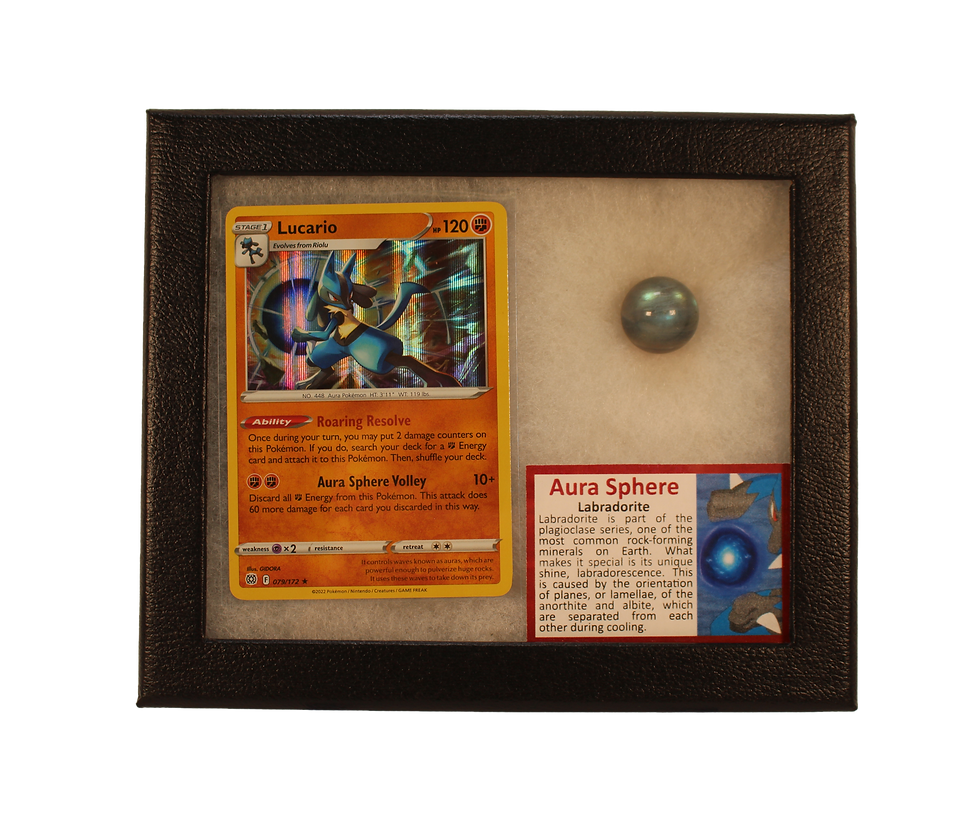Viking Battle Axe
Ca. 11th - 13th Century
Viking / Kieven / Rus
Discovered - Europe
A Viking axe was a deadly weapon with few equals in the hands of a Norseman. Specific historical axes used by the Vikings are also known as Danish axes, an early type of polearm. Viking axes are normally made light enough to be thrown and were handcrafted axes with forged axe heads with the edges hardened.
- The Vikings
Vikings is the modern name given to seafaring people originally from Scandinavia (present-day Denmark, Norway and Sweden), who from the late 8th to the late 11th centuries raided, pirated, traded and settled throughout parts of Europe. They also voyaged as far as the Mediterranean, North Africa, Volga Bulgaria, the Middle East, and North America. In some of the countries they raided and settled in, this period is popularly known as the Viking Age, and the term "Viking" also commonly includes the inhabitants of the Scandinavian homelands as a collective whole. The Vikings had a profound impact on the early medieval history of Scandinavia, the British Isles, France, Estonia, and Kievan Rus'.
Expert sailors and navigators aboard their characteristic longships, Vikings established Norse settlements and governments in the British Isles, the Faroe Islands, Iceland, Greenland, Normandy, and the Baltic coast, as well as along the Dnieper and Volga trade routes across modern-day Russia, Belarus, and Ukraine, where they were also known as Varangians. The Normans, Norse-Gaels, Rus' people, Faroese and Icelanders emerged from these Norse colonies. At one point, a group of Rus Vikings went so far south that, after briefly being bodyguards for the Byzantine emperor, attacked the Byzantine city of Constantinople. Vikings also voyaged to Iran and Arabia. They were the first Europeans to reach North America, briefly settling in Newfoundland (Vinland). While spreading Norse culture to foreign lands, they simultaneously brought home slaves, concubines and foreign cultural influences to Scandinavia, influencing the genetic and historical development of both. During the Viking Age, the Norse homelands were gradually consolidated from smaller kingdoms into three larger kingdoms: Denmark, Norway and Sweden.
The Vikings spoke Old Norse and made inscriptions in runes. For most of the period they followed the Old Norse religion, but later became Christians. The Vikings had their own laws, art and architecture. Most Vikings were also farmers, fishermen, craftsmen and traders. Popular conceptions of the Vikings often strongly differ from the complex, advanced civilisation of the Norsemen that emerges from archaeology and historical sources. A romanticised picture of Vikings as noble savages began to emerge in the 18th century; this developed and became widely propagated during the 19th-century Viking revival. Perceived views of the Vikings as violent, piratical heathens or as intrepid adventurers owe much to conflicting varieties of the modern Viking myth that had taken shape by the early 20th century. Current popular representations of the Vikings are typically based on cultural clichés and stereotypes, complicating modern appreciation of the Viking legacy. These representations are rarely accurate—for example, there is no evidence that they wore horned helmets, a costume element that first appeared in Wagnerian opera.
top of page
SKU: HTVI9
$325.00Price
Related Products
bottom of page


















